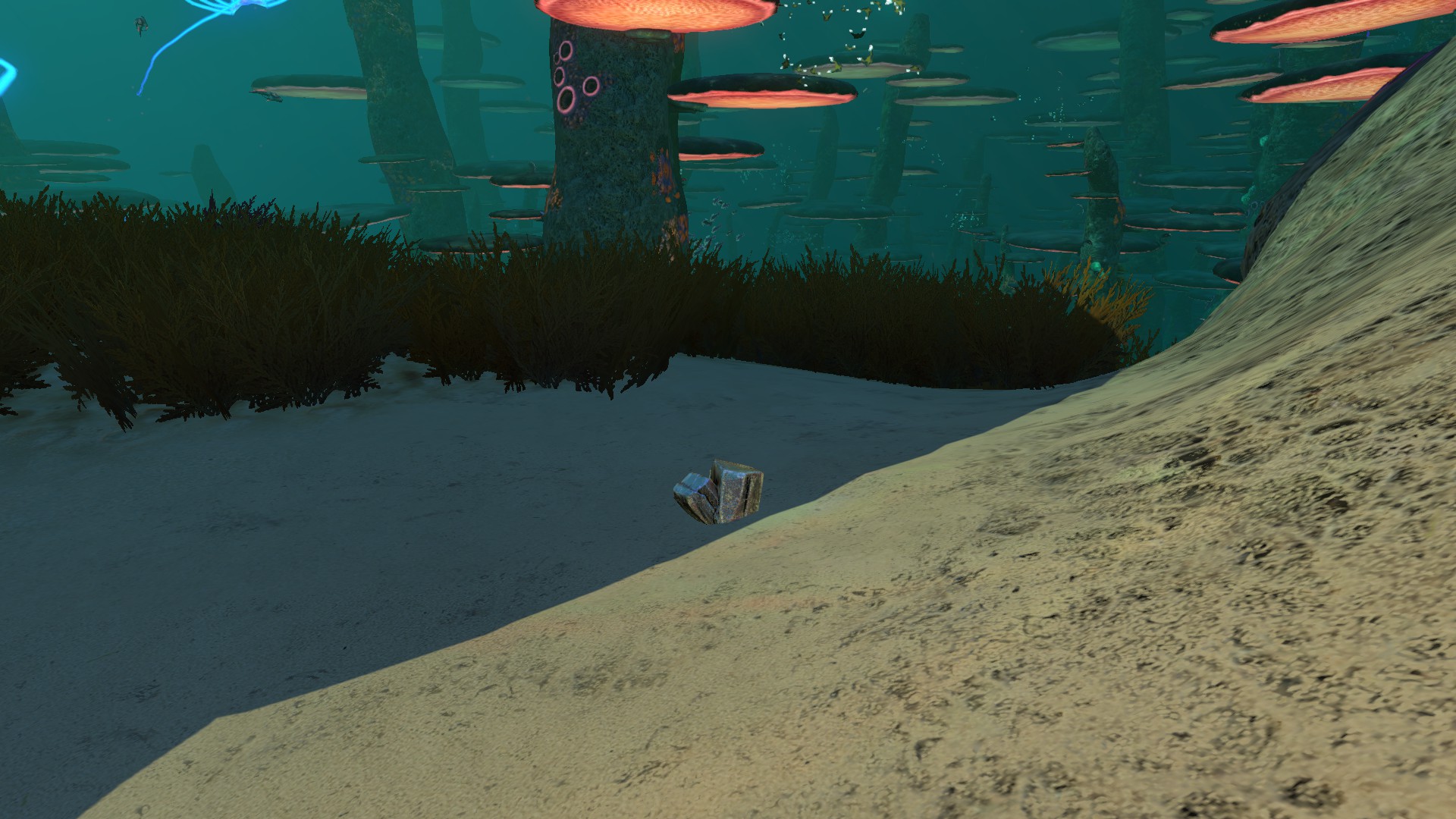

The self-heating mechanism creates an electrochemical interface that is favourable for high discharge/charge power. Here we report a lithium-ion battery structure, the 'all-climate battery' cell, that heats itself up from below zero degrees Celsius without requiring external heating devices or electrolyte additives. Previous attempts to improve the low-temperature performance of lithium-ion batteries have focused on developing additives to improve the low-temperature behaviour of electrolytes, and on externally heating and insulating the cells. The practical consequences of such power loss are the need for larger, more expensive battery packs to perform engine cold cranking, slow charging in cold weather, restricted regenerative braking, and reduction of vehicle cruise range by as much as 40 per cent. Since Lithium-ion batteries dominate the world, we believe that this research finding can attract Indian as well as international market to power the electronics at low temperature.Lithium-ion batteries suffer severe power loss at temperatures below zero degrees Celsius, limiting their use in applications such as electric cars in cold climates and high-altitude drones. 2 explains the bar diagram which compares the performances of batteries cycled at various temperatures using HE. Further, it was reported through our recent publications that the added ionic liquid will not createany undesired effect to the performance of lithium-ion. Hence, the HE design can help lithium-ion batteries to operate from sub-zero temperatures to above room temperatures (30 o C to 60 o C).The advantage of this research finding lies in the simplicity of the composition which can be prepared easily for bulk requirements. The figure clearly explains that HE remains as a liquid at sub-zero temperatures. 1 shows the naked eye of HE at -40 o C which is compared with the conventional electrolyte. They are less volatile and are known for their thermal stability. RTILs are basically salts which melt below room temperatures. Earlier research reports the addition of a variety of organic solvents to the conventional battery electrolytes in order to prevent the freezing of the electrolyte.Our research finding for operating lithium-ion batteries at sub-zero temperatures involves the design of simple hybrid electrolyte (HE) composition by using room temperature ionic liquids (RTILs). They cannot be operated at extreme temperatures (not less than 10 o C and not higher than 60 o C).In such cases, constant research was on electrolyte formulations which can stay as a liquid at sub-zero temperatures. The most important limitation of these commercial lithium-ion batteries is their operating temperature range.

They are in constant need to power all electronic devices at various operating conditions. Lithium-ion batteries powers the operation of almost all electronic gadgets are known for their energy density.


 0 kommentar(er)
0 kommentar(er)
